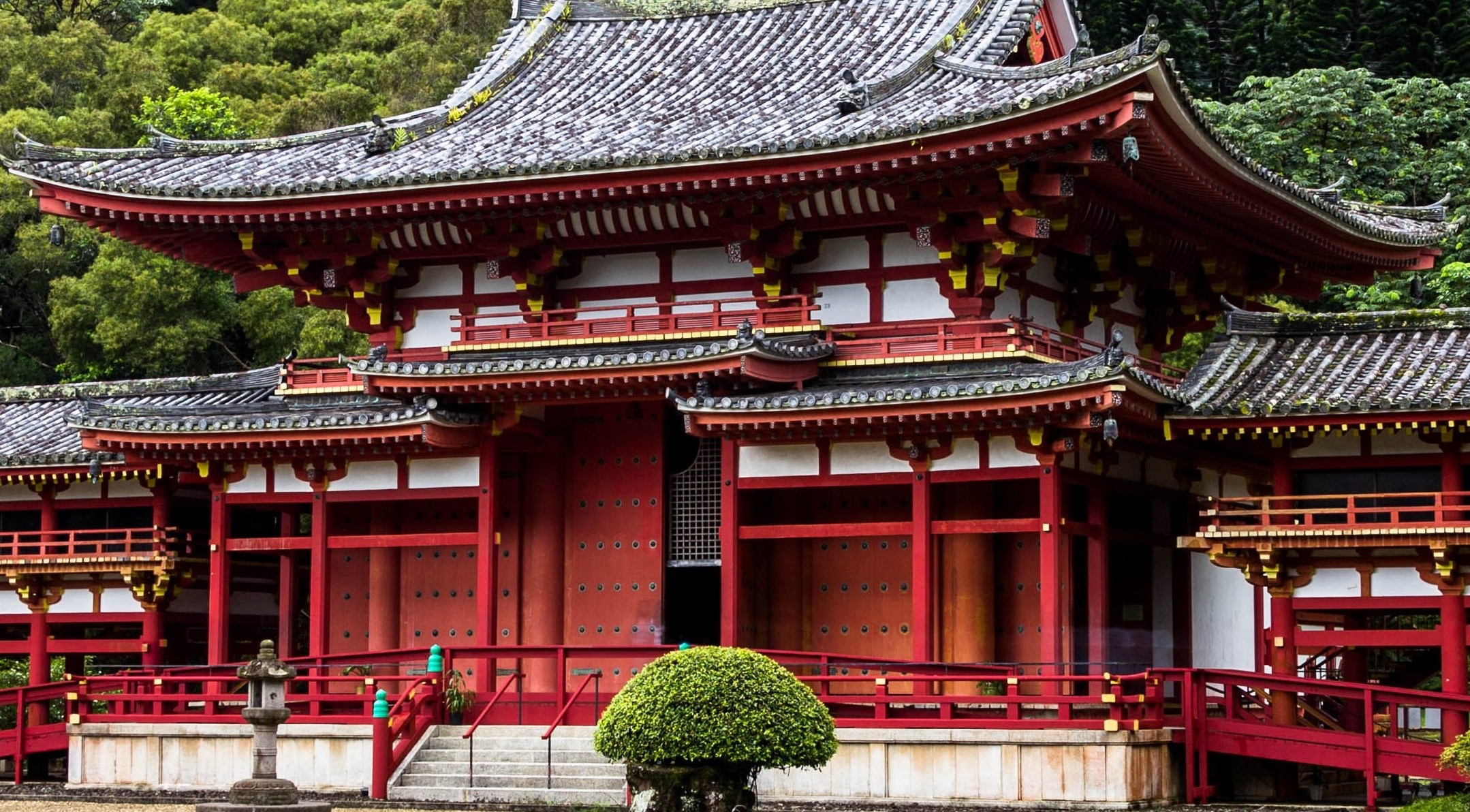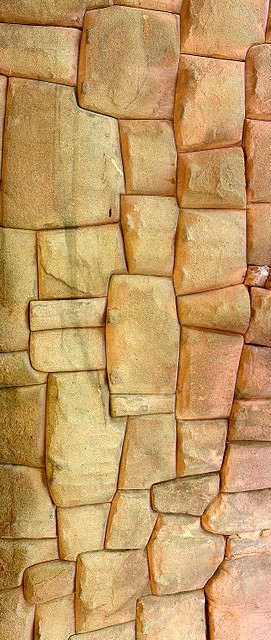Dancing Houses
Purpose / Function
Alterations
Dragon-Claw System
The roof and large eves of many buildings are supported by what is called, Dragon-Claw System. These supports located at the building's corners, are claw-shaped and there namesake comes from the use of dragon's bones for supports in older buildings. However, not all of these bones are from dragons and it is believed the technique might have been named to honor the Cuvar. Wood has replaced the use of bones as this resource has been used, located farther, or degraded. Buildings using this technique are triangle shaped and have crisscrossing beams. The eves of this building are shorter than eves of a square-shaped building, causing water to pool closer to the building. Beam ends are placed between the Claw's fingers, along each beam have a cross-beam groove and a peg, called the 'Talon' located behind the Claw, is placed through the beams. The Dragon-Claw technique went out of use for a period in time as the wood and bone sources declined, but this technique is having a resurgence with the imports of wood and desire for city appearance.Dry Stone Masonry
When wood and bone resources became scarce with the city's expansion, builders looked for another resources. The mountains forming a protective barrier around the city was used by the Cuvar and part of the city's populace for housing. The stone removed from the mountain was not used for building material. Stone buildings at the time collapsed from the tremors produced by the Cuvar's movements, causing piles of stone to plaque the city as more moved into the mountain-side. When magic became accessible to people, a builder using the Stone Spell discovered stone buildings could be built if the stones had an interlocking system similar to Dragon-Claw. These buildings could be rectangular and square shaped with rounded corners and a rapidly tapering roof. Solid stone buildings were built to replace and reconstruct over the Dragon-Claw buildings. With the resurgence of the Dragon-Claw technique and knowledge of it's flaws, these two methods are being combined in the construction of new buildings.Architecture
Dry Stone Masonry Base
History
- Wood
- Stone
- Bone
- Cushions
- Low-set Fireplace
- Mat Beds
- Wall-Hooks
Glossary
Cuvar : the title of a bronze dragon that protects Torch Key WharfDragon-Claw : an interlocking support complex located at the corners of buildings to hold up a building's roof, when in place the four boards and a peg appears like a claw
Dry Stone Masonry : stacking of interlocking stones without mortar, or other adhesive
Stone Shape spell : a spell which can change the shape of a stone with ease





I can't say if it's because of my lack of technical knowledge and vocabulary, but I found the majority of the text difficult to read. I think on top of my confusion, it didn't help that several iterations of the building were explained throughout the text, older and newer buildings being explained. Perhaps it would make it easier on the reader to explain fully one type of building and explain other iterations of the building on the sidebar, for example. Aside from the technical stuff, I think maybe it'd be worth putting the reason why these are called dancing houses before within the text so that the reader can get an idea of what they are dealing with. For example, you have a "Purpose/Function" header, and I think the explanation of the dancing houses would go better in there (this paragraph: "The whole building is constructed to allow it to "dance" with the dragon's movements. The wooden structure and the stone base allows the building to 'dance', when a dragon walks past the loose stones dance while the wooden building gently rocks.") I really liked the content on the sidebar, and it definitely helped to make an otherwise dry architectural text come to life. And, as a reader, I definitely appreciated having a glossary. In regards to your question on having quotes, that's a definite yes from me, as it may help break up all of the technical text which is difficult to read for me.